
| 
|

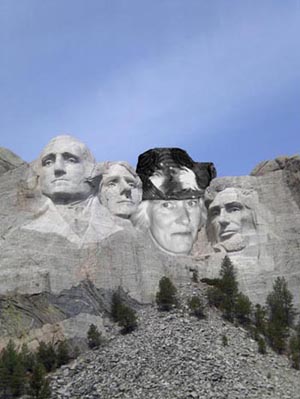
Friends Newsletter No. 37
June 2011
Who are the Friends? Friends promote research, conservation and celebration of the Springs, Spouts, Fountains and Holy Wells of the Malvern Hills and of Great Malvern as a
Malvern's
Should the
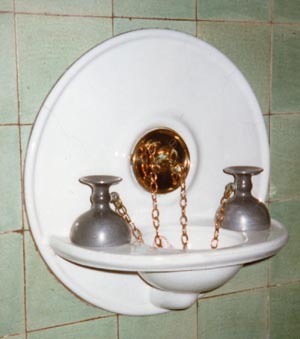 A Friend has nominated the Hospital Fountain that we featured in the last Newsletter (36) for the St Werstan Award. The Award is a public recognition of outstanding endeavour in the conservation or renovation of our water features. Friends, local residents and visitors can nominate sites for an award by forwarding a short resume of the circumstances and location. Friends of Malvern Springs and Wells are then able to express their views as to whether nominations justify the award by completing a simple appraisal enclosed with the newsletter. The appraisal is based on six factors, preservation, environment enhancement, public accessibility, provenance, maintenance and general WOW! factor.
A Friend has nominated the Hospital Fountain that we featured in the last Newsletter (36) for the St Werstan Award. The Award is a public recognition of outstanding endeavour in the conservation or renovation of our water features. Friends, local residents and visitors can nominate sites for an award by forwarding a short resume of the circumstances and location. Friends of Malvern Springs and Wells are then able to express their views as to whether nominations justify the award by completing a simple appraisal enclosed with the newsletter. The appraisal is based on six factors, preservation, environment enhancement, public accessibility, provenance, maintenance and general WOW! factor.
The Hospital Drinking Fountain started life in the entrance lobby at
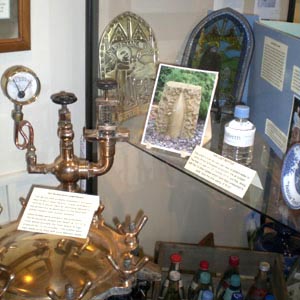
In the picture - the St Werstan Award plaque and window awarded to the Stone Bottle Fountain, now in
Malvern in Hot Water - Boring!
With energy cost rises and the recession, little wonder that the prospect of free hot water for heating and general use sounds like a gift from the gods. If you saw BBC News earlier this year you may have seen the latest plans to bore 2000 metres for geothermal energy. At a cost of nine hundred thousand pounds it is intended to sink a borehole in
This technology is not new and has already been tested and tried in
Imagine enjoying, not water in bottles, but water piped to your home ready heated, just like
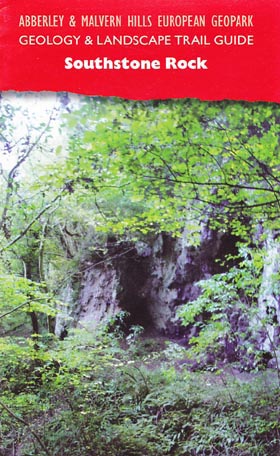
The Southstone Rock is one of the amazing landscape features in the Abberley and Malvern Hills Geopark. A spring emerging from the base of the Bishop's Frome Limestone along the southerly slope of the
The site was apparently a medieval cell for monks from the Abbey at Evesham. No doubt the caves that form in the rock and the source of the natural spring were valuable assets to establishing a monastic presence in the locality. In Norman times the chapel of
Later the Tufa and Travertine became a useful building stone and several churches along the
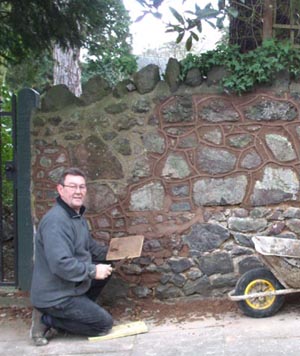
Malvern was not only built on water; it was also built on uplands. To St Werstan the Martyr, the availability of both water and uplands were paramount to his choice of a site for his mid-11th century hermitage on the level where Bello Sguardo now stands, at the top of the 99 steps and directly below the ravine and cascade from
The hill slopes on which many of Malvern's town buildings stand is a scree slope, formed over millions of years by weathered rock. Much of the foundation for the roads was constructed with broken stone from the
Over time the mortar cracks and disintegrates and the walls are in danger of collapse, so restoration is necessary. Fixing the damage is a skilled job, and Mark Powell learned the art as a 15-year-old lad. He learned the 'cut and struck' method, sometimes called snake mortar. In the picture Mark is repairing part of the wall of Lawnside in Avenue Road. His mortar is a mixture of sand, cement and lime, and the small portion he has completed has taken four hours!
Are new religious associations appropriate for our Springs and Wells?
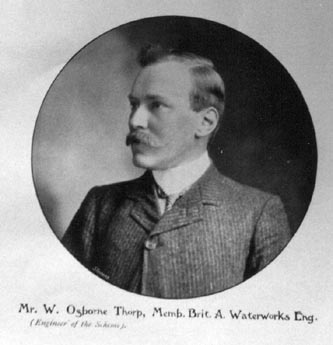 used for the Hay Well outfall and 'Trinity' being used for Osborne's Trough located in the wall of the former toilets in the Link. Such water features were secular in origin and have no history of such naming. In fact most of the Malvern springs and wells had no spiritual application and although the Victorians were prone to link sites to saints and ancient missionaries, research has enabled us to contextualise such errors. But new namings are arguable historically misleading. In spite of this we even see pilgrimages to
used for the Hay Well outfall and 'Trinity' being used for Osborne's Trough located in the wall of the former toilets in the Link. Such water features were secular in origin and have no history of such naming. In fact most of the Malvern springs and wells had no spiritual application and although the Victorians were prone to link sites to saints and ancient missionaries, research has enabled us to contextualise such errors. But new namings are arguable historically misleading. In spite of this we even see pilgrimages to
We all now live in a society where many religions are common place. Also there are many who are not religious in outlook but prefer a scientific viewpoint. Worldwide we see religion being used in a confrontational manner. In Malvern, where we do have verified religious association, for example in the case of St Werstan, founding monk of Malvern, then this is a historically valid usage of the name. What do you think about tagging our springs and wells with new pseudo religious names? What would William Osborne Thorpe, the celebrated Malvern water engineer of 1906 have thought about his trough being renamed 'Trinity' by some? Send us your views.
The end of an era on record.
A Friend has supplied details of the last production run of Malvern bottled water at Colwall.
'Bruce... in the news letter it refers to the last production run stock, the last bottle was produced on the 14th Oct. 2010. It was on 300ml PET, it was a very short run. The last bottles ever produced came off the line at 16.20, these were given to staff as a departing gift.'
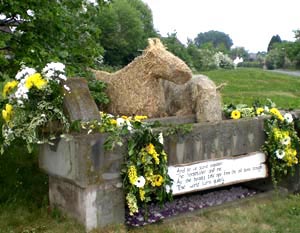
And so we stand together
The horses, thee and me
As the beasts take sips from the old stone trough
The world turns, quietly
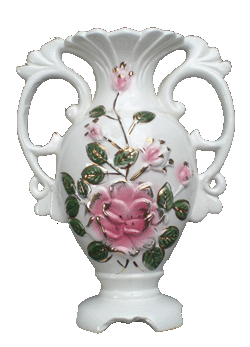 Congratulations to the Friends of Malvern Springs and Wells winners, the trough was decorated by Stephanie Underwood-Webb and friends.
Congratulations to the Friends of Malvern Springs and Wells winners, the trough was decorated by Stephanie Underwood-Webb and friends.
Footnote: You will note that we call the celebrations 'Well Decorating' rather than well dressing. This is because well dressing in the modern day involves flowers pressed into great clay tablets as epitomised by the Derbyshire annual events. In the
Email: springs@thespas.co.uk (click here to send an email)
Website: Click Here
SUPPLEMENTARY INFORMATION
 Newsletter Archive which can also be accessed from our WEB SITE INDEX.
Newsletter Archive which can also be accessed from our WEB SITE INDEX.
Friendship - There is no charge made for joining Friends of Malvern Springs and Wells. Just let us have your email address and we will send our newsletters, which are usually two monthly. Please be aware that some email addresses block large circulation emails. Do feel free to participate in our activities by contacting us below.
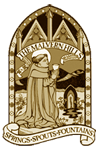
Best wishes, Cora & Bruce
Tel. 01737 213169 email bruce@thespas.co.uk
Tel. 01684 561215 email cora@malvernspa.com
1) TOPOGRAPHICAL LOCATION:
Malvern Hills - arguably Britain's original National Park
3) INFORMATION CATEGORY:
Springs and Wells General InterestHistory & Heritage
Friends Newsletter


